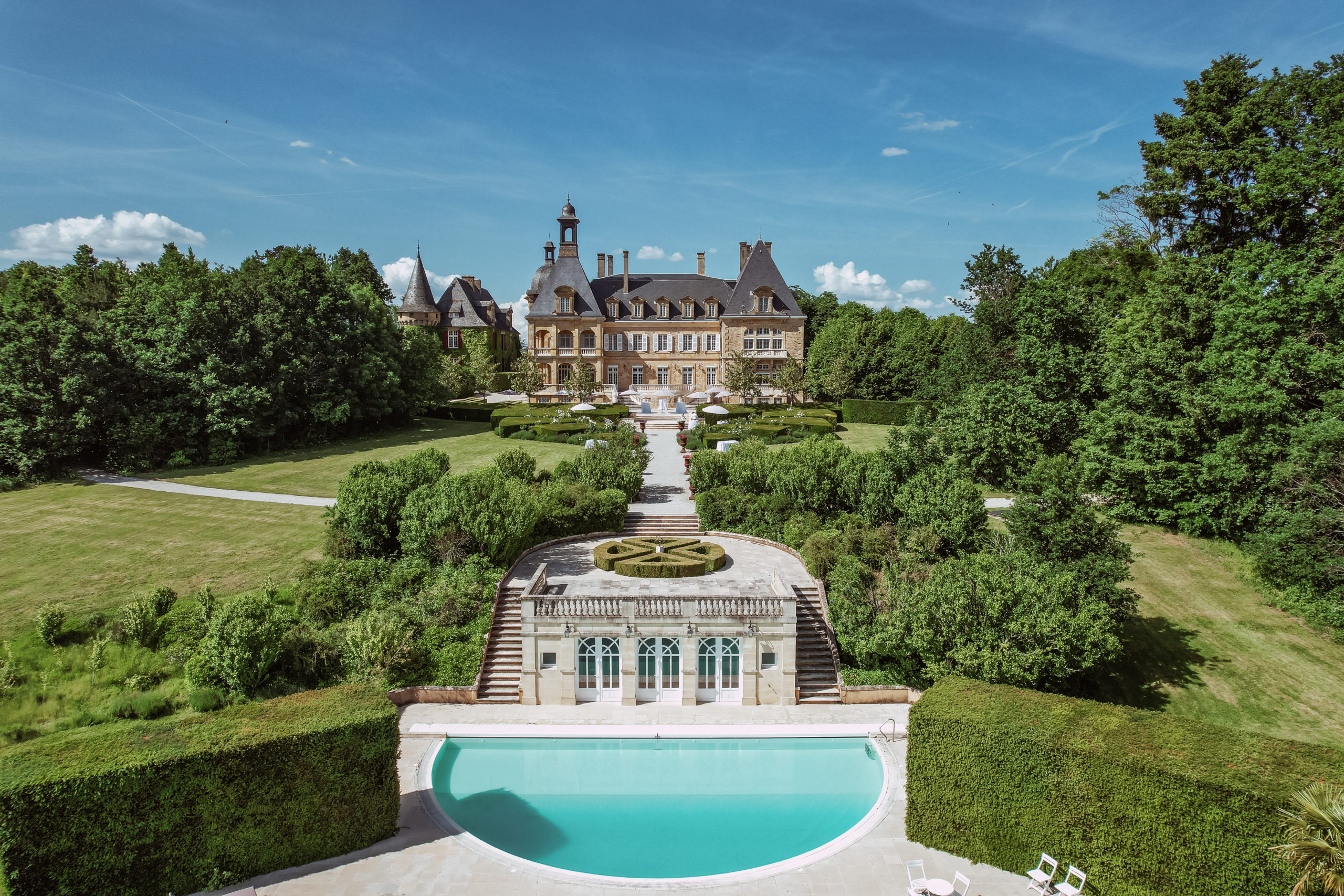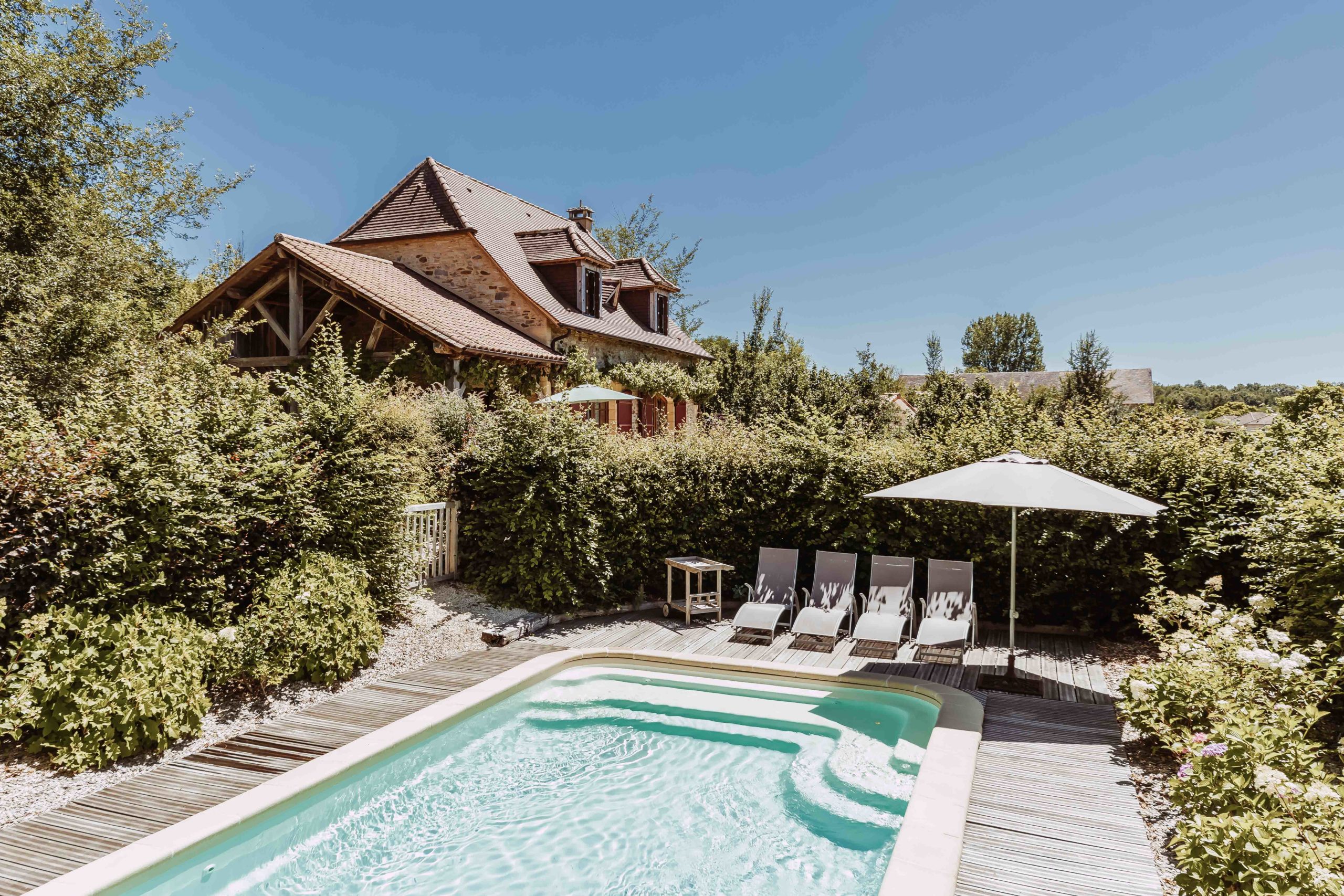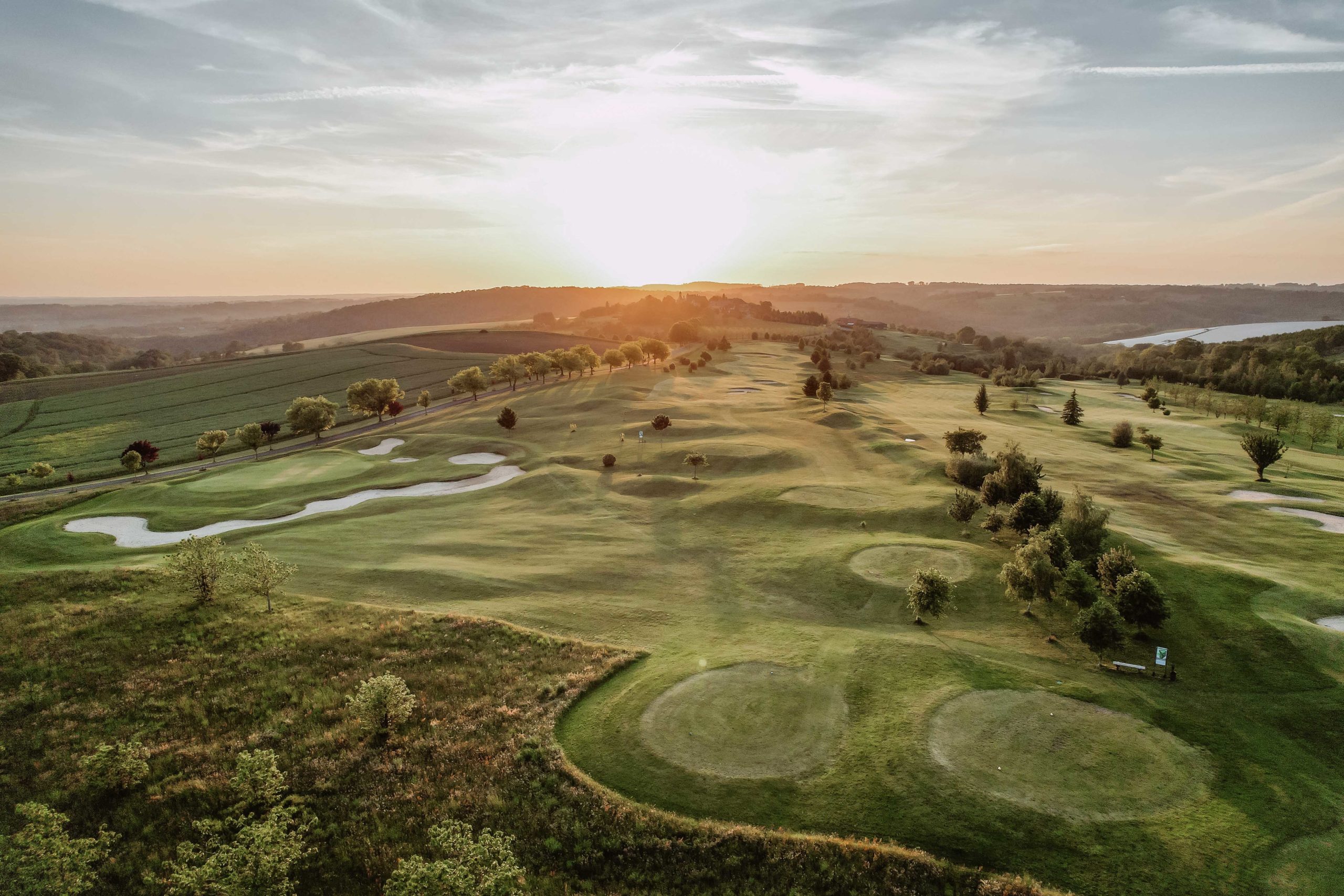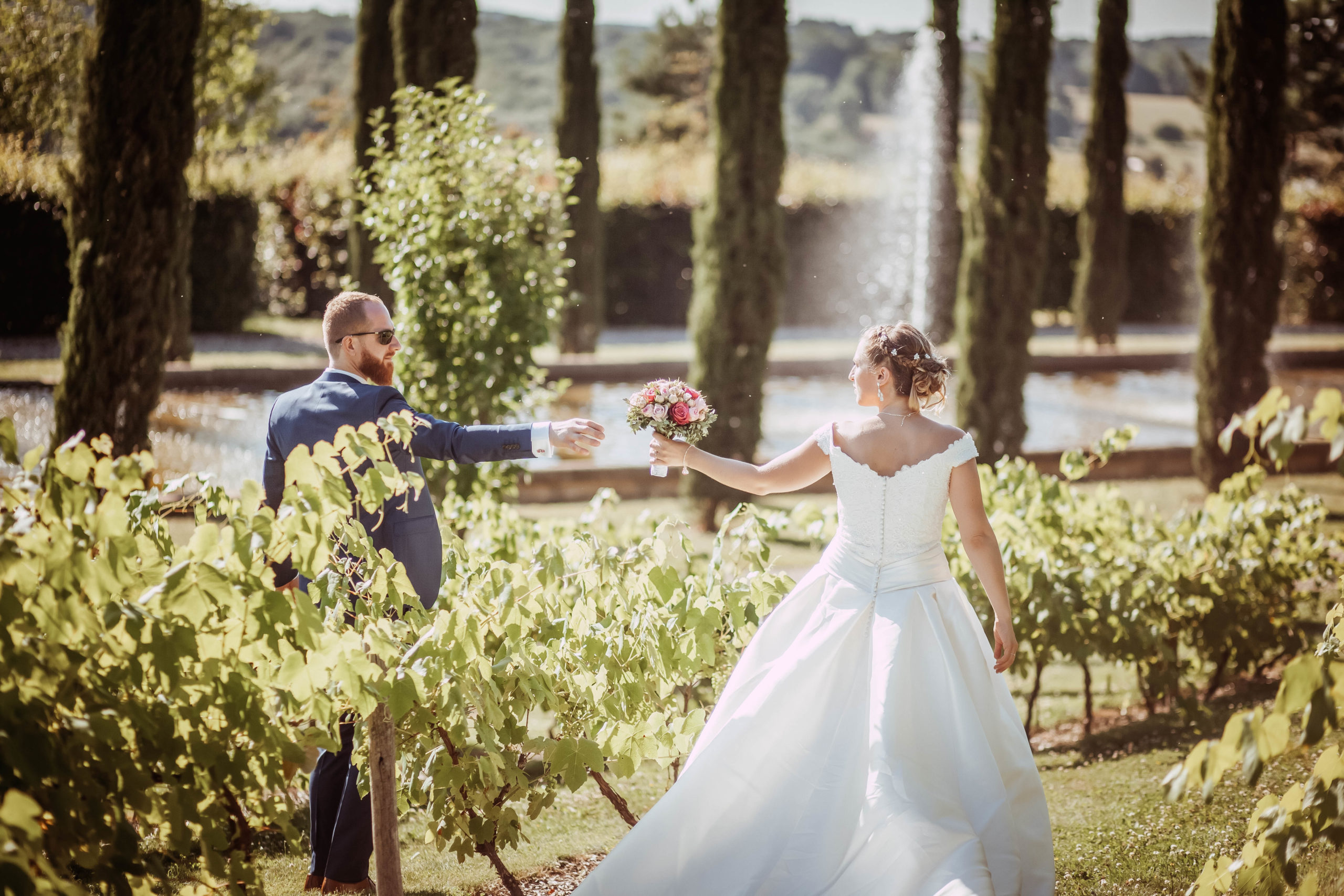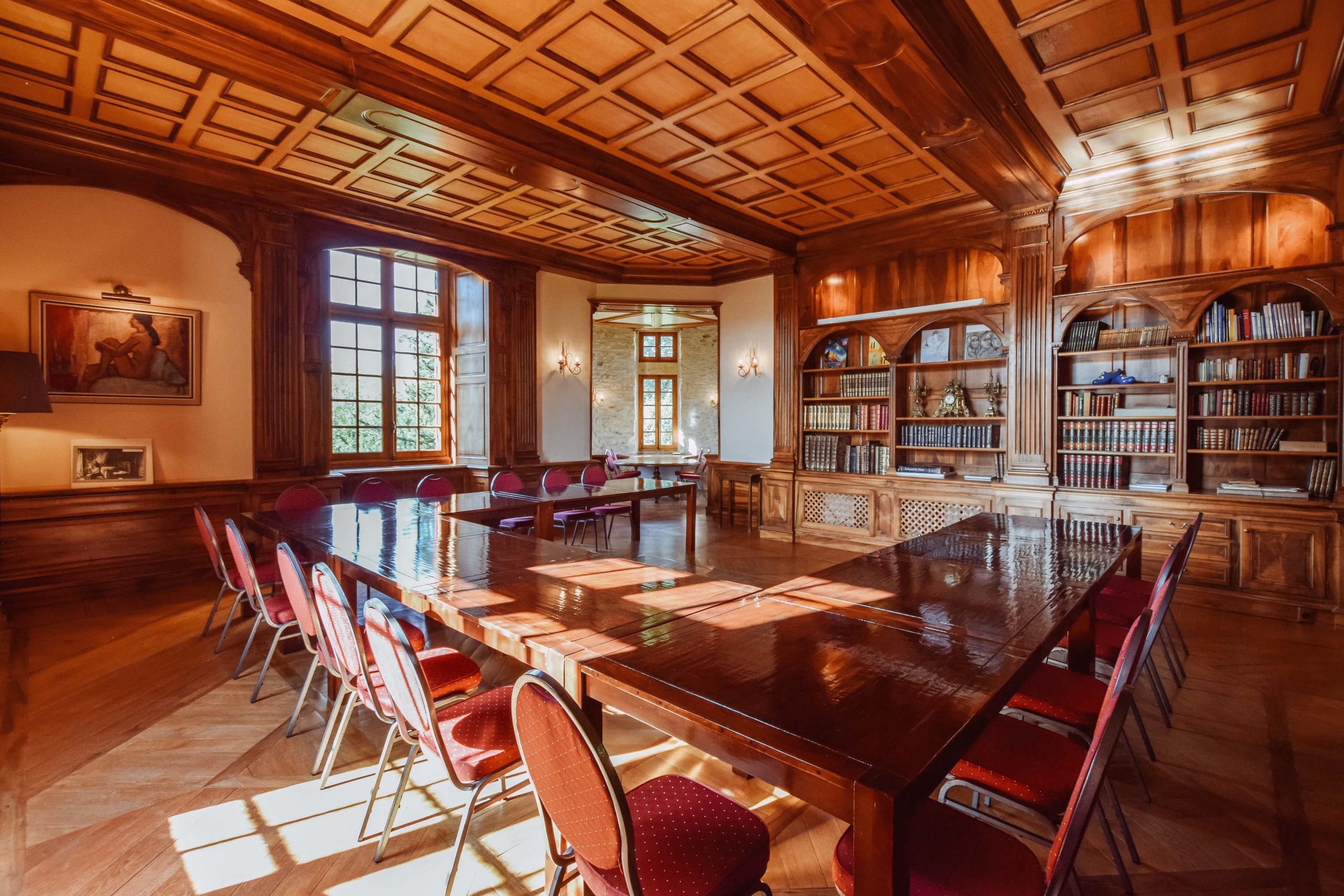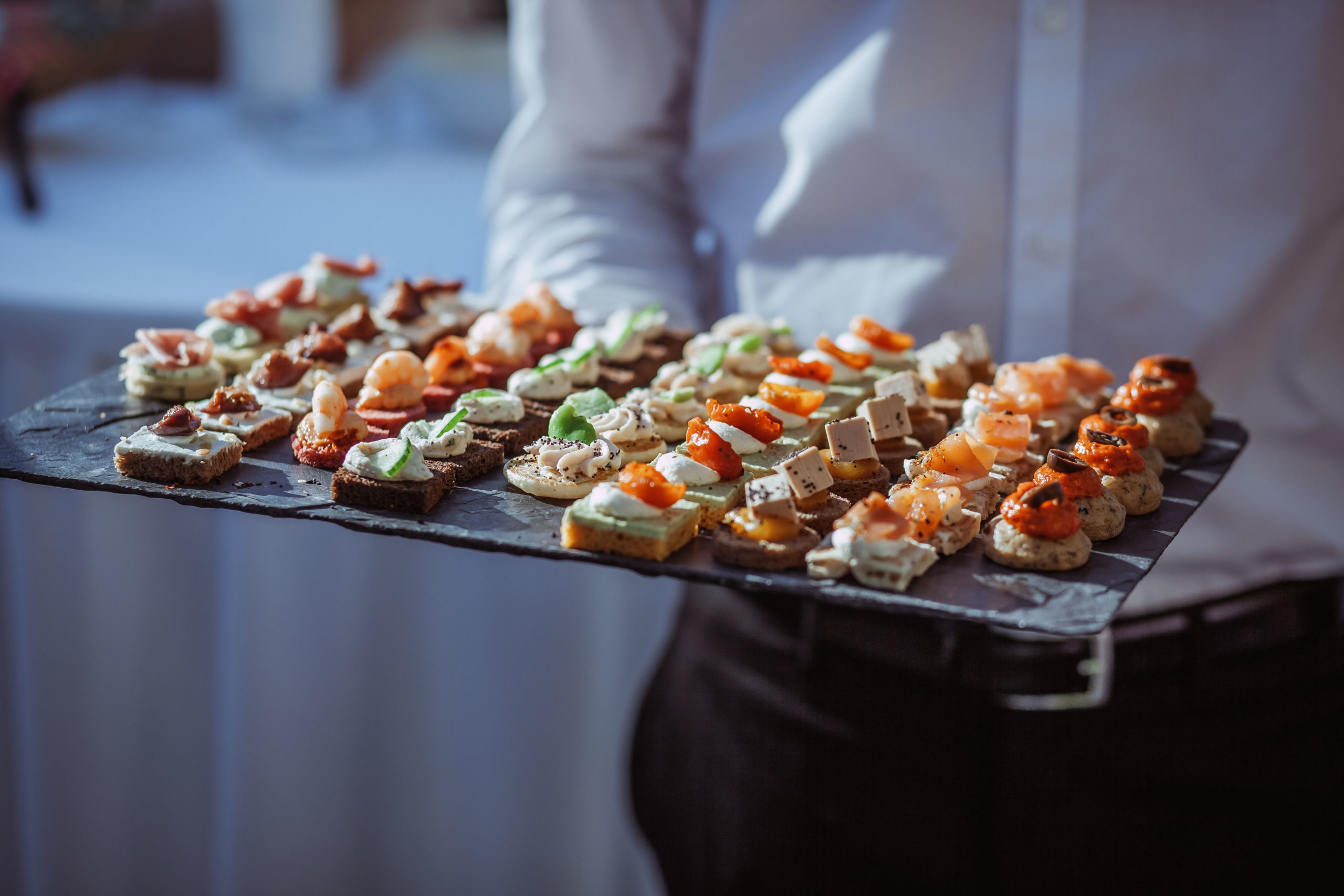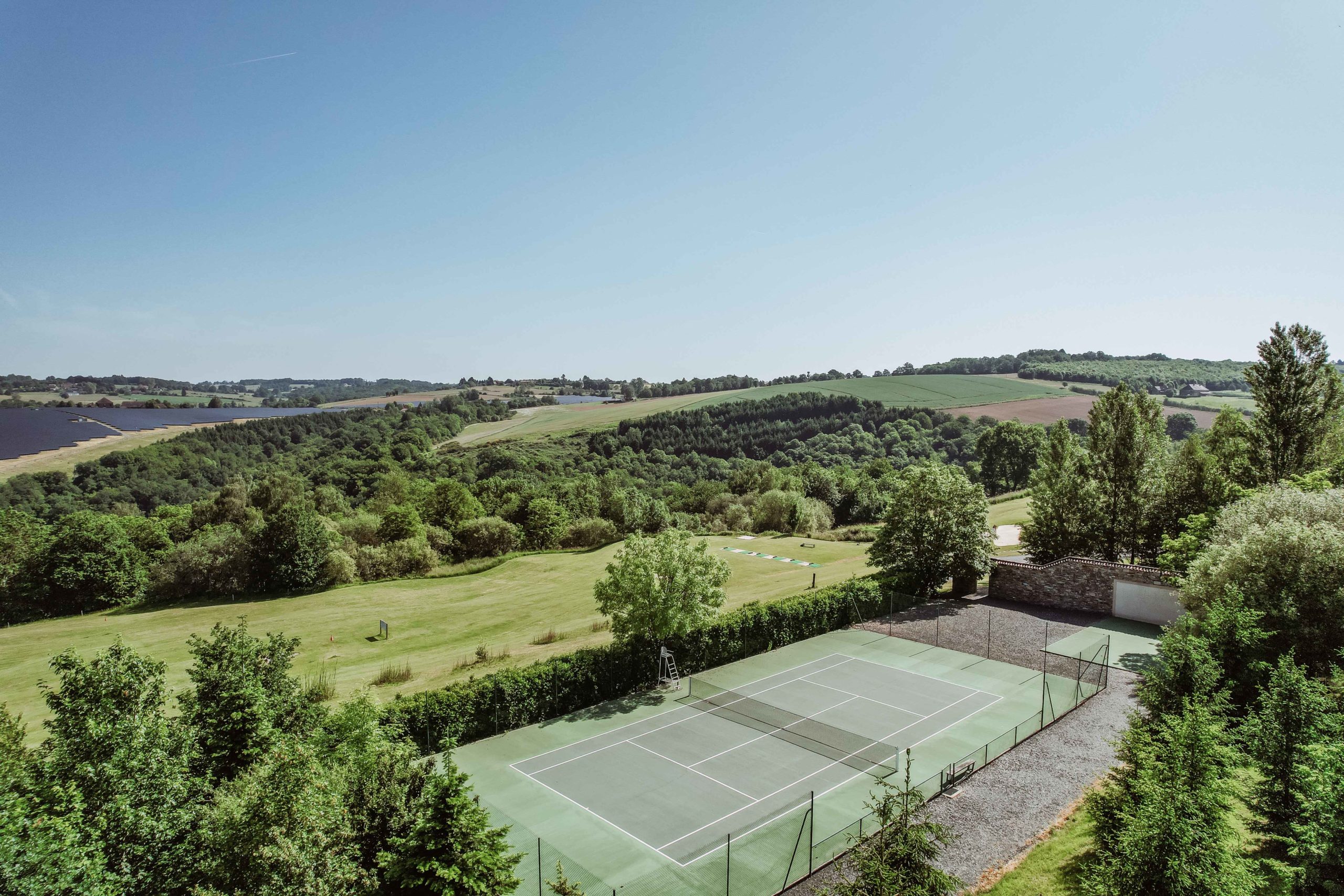HISTORY OF THE DOMAIN
THE HISTORY OF ESSENDIERAS
H
The history of the estate began with the Pasquet family, lords of Essendiéras in the 16th century. Pierre Pasquet, who ran the Gandumas forge, must have built what is now known as ‘the old castle’. At the time, it consisted of a main building with towers at each corner. His sons completed the work and moved in. At that time, the estate covered 1,250 hectares and stretched to the outskirts of the village of Saint Médard.
In addition to the land, the Pasquet family also ran a forge, a mill and a shale quarry. The estate was dotted with numerous outbuildings and small hamlets. The last descendant of the Pasquet d’Essendiéras family, François, had an only daughter named Françoise. In 1645, she married Jacques de la Roche-Aymon. Born into a family of very ancient nobility, he added the title of Lord of Plantier to that of Essendiéras. This family lived at the château, but did not neglect its many residences. Jean de la Roche-Aymon, born in 1683 and married to Isabeau du Saillant, lived on the estate, surrounded by his seven children. In 1748, following a large inheritance, he decided to sell Essendiéras. Messire François Malet de la Jorie bought it for 28,000 livres and 500 livres worth of wine to be sure of winning the business! This anecdote proves the importance of this vast property, which this lord, long established in Saint Médard, did not want to see slip from his hands. One of the demoiselles de la Jorie lived at the château with her husband and children. Then came the revolution…
In 1791, François Malet de la Jorie became a suspect under the new government. He emigrated and all his possessions were confiscated. In 1793, Essendiéras was sold as ‘national property’. Antoine Pouquet, notary in Angoisse, bought the property. He had repairs carried out, perhaps because the château had suffered from the local revolutionaries, and moved there after 1797. He sold his notary’s office in 1828 at the age of 71. He died ‘in his château’ on his beloved land in 1833. For almost two centuries, the Pouquet family would never leave Essendiéras. Pierre Chéri, Antoine’s son, married Emilie Sourdeau and became ‘the new master’. In 1850, deeming his father’s château ‘too small and inconvenient’, he had a vast house built. More comfortable, larger and sunnier, it was also proof of the success of this bourgeois family. After being abandoned, the old Pasquet building was used as a warehouse and then as accommodation for the estate manager. Eugène, the couple’s son, moved to Paris with his wife Marie Rousseau. He lived on boulevard Malherbes and worked as a stockbroker in the capital. When their eldest daughter Jeanne married Gaston Arman, who later became de Caillavet, in 1893, she brought the first man of letters to Essendiéras. Together with his colleague Robert de Flers, the couple wrote successful plays and welcomed their many friends to the estate in summer. Marcel Proust, for example, discovered the charms of Essendiéras. It is also said that he gave Gilberte, the heroine of ‘Un amour de Swan’, the looks of Jeanne.
But Eugène deplored the fact that more people could not be accommodated at the same time. In 1906, he had baroque features added to Pierre-Chéri’s house and transformed it into a large château. Completed in 1908, the new château offered 28 bedrooms, 2 bathrooms, several lounges and a terrace with breathtaking views.
In 1915 Gaston died at the château and was buried in the Pouquet vault in the Saint Médard cemetery. In 1919 Jeanne began a new life with her cousin Maurice Pouquet. Her daughter Simone Arman de Caillavet, born in 1894, after a failed marriage and the birth of a daughter Françoise, married the writer André Maurois in 1926. He immediately fell in love with his in-laws’ property and the Périgord region as a whole. Essendiéras became their second home. During their stays, they invited the world of letters and the arts. In ‘His Memoirs’, André Maurois revealed that Simone wanted to turn it into ‘Georges Sand’s Nohant’. This setting inspired the novelist to write ‘Climats’ and ‘L’instinct du bonheur’. But the sky was darkening over the estate. Jeanne and Maurice Pouquet had spent a lot, without bothering to manage their estate. Whenever the need arose, land was sold. The estate now consisted of just 500 hectares, of which 350 were arable. Essendiéras was proving to be an abyss that Maurois’s royalties could no longer fill.
In 1962, during a meal in Périgueux, Simone Maurois discussed their financial difficulties with her neighbour at the table, Sylvain Floirat. This powerful industrialist, also from Périgueux and the ninth richest man in France, promised to think about a possible solution. A week later, he proposed planting an orchard. In 1963, this man of action created ‘La Société des Plantations d’Essendiéras’. The face of the estate changed, the land was covered with apple trees and houses for the employees were built. The apple, so famous since Eve, became the queen of the Périgord Vert.
André Maurois died in 1967. Simone, the last descendant of the Pouquet dynasty, died in 1967. The Bakker family bought the estate from Floirat’s grandchildren in 1999.
1999
From
360
HECTARES
300
BEDS
discover the recent history of the estate
After acquiring the estate in a deplorable state of repair in 1999, we set about restoring this French cultural heritage.
Today’s estate covers 360 hectares. There are seven farms and barns, a dozen workers‘ cottages and, at the heart of the estate, the 16th and 19th century châteaux, stables, caretakers’ cottages, a large park and an orangery.
The estate has always been an agricultural property. The families that have succeeded one another since its construction have often played a political or cultural role.
At the same time, the economic activity on the estate has evolved over the centuries. In the 19th century, tobacco and wine were grown here – the drying sheds are still there – but these activities ceased after the First World War due to a lack of employees. It was at this point that the farming business was born, with the rearing of various animals and the exploitation of arable land. In the 1960s, former owner Sylvain Floirat turned the estate into one of the largest apple orchards in Europe.
As the new owners, we attach great importance to preserving this cultural heritage. We took over a bankrupt business with the aim of breathing new life into it. We then renovated all the old buildings, restoring them to their original state and giving them a new function.
As a result, we have restored a number of farmhouses, which are now used as holiday homes, complete with heated swimming pools.
The exterior of the 19th-century château has been completely restored. The interior and exterior of the 16th-century château have been restored. The respective terraces offer exceptional views.
The driveway is over a kilometre long, but it’s also a great way to discover some of the landscapes on the estate. The aim of this website is to introduce you to the history and beauty of the estate, so that you can see for yourself the next time you visit!
